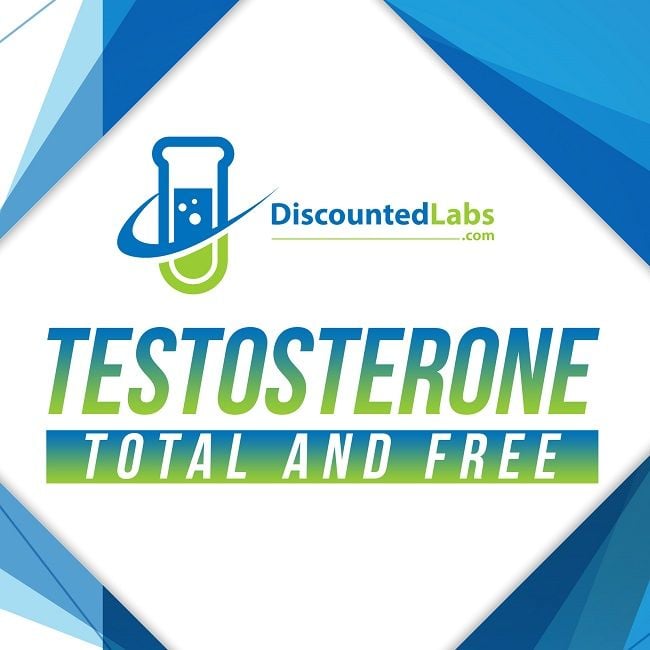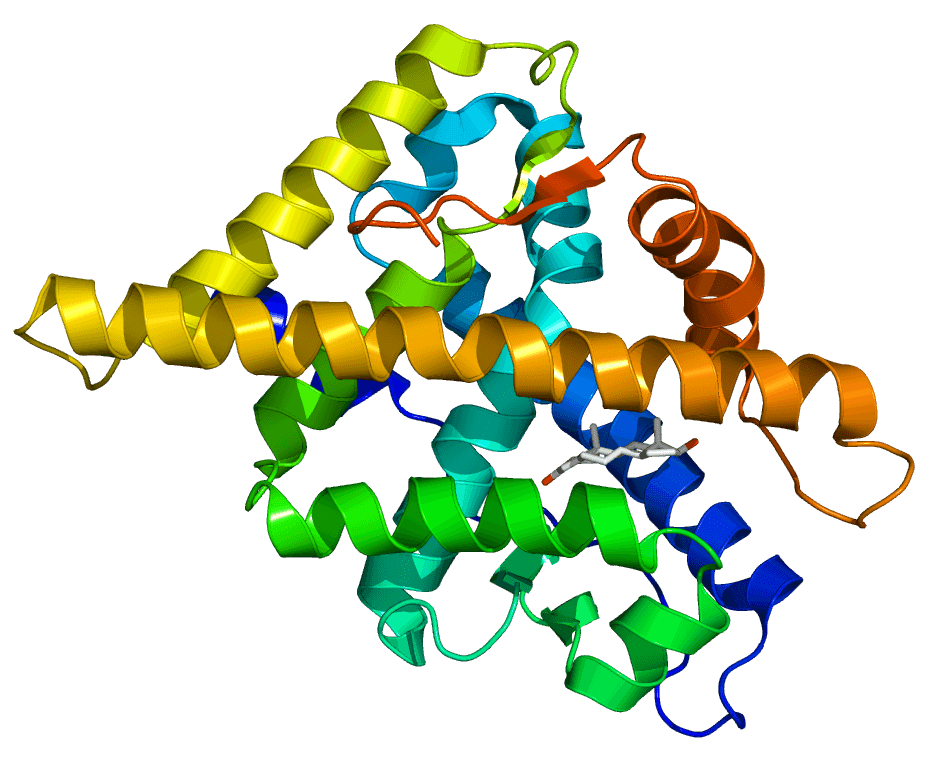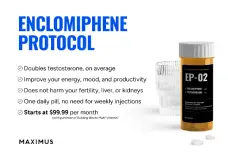I find Taeian Clark's theory of Nandrolone only for six weeks on and five weeks off interesting in that he says androgen receptor down regulation begins after week six. Then take off five weeks and repeat. He also recommends occasionally bumping TRT. For example, bump 100mg/wk to 125mg or 150mg for six weeks and then return to 100mg/wk.
65 likes, 10 comments - taeianclark on July 2, 2020: "Androgen receptor down-regulation and its effects on muscle growth. Short vs Long Cycles. Short cycles, supplements to improve androgen receptor content, why androgen receptor content matters for muscle growth, why gains stop by week 6...

www.instagram.com
I have my doubts about androgen receptor shut down.
Bamman MM, Shipp JR, Jiang J, Gower BA, Hunter GR, Goodman A, McLafferty CL Jr, Urban RJ. Mechanical load increases muscle IGF-I and androgen receptor mRNA concentrations in humans. Am J Physiol Endocrinol Metab. 2001 Mar;280(3):E383-90.
Full study
http://ajpendo.physiology.org/content/a ... 3.full.pdf
Abstract
The mechanism(s) of load-induced muscle hypertrophy is as yet unclear, but increasing evidence suggests a role for locally expressed insulin-like growth factor I (IGF-I). We investigated the effects of concentric (CON) vs. eccentric (ECC) loading on muscle IGF-I mRNA concentration. We hypothesized a greater IGF-I response after ECC compared with CON. Ten healthy subjects (24.4 +/- 0.7 yr, 174.5 +/- 2.6 cm, 70.9 +/- 4.3 kg) completed eight sets of eight CON or ECC squats separated by 6-10 days. IGF-I, IGF binding protein-4 (IGFBP-4), and androgen receptor (AR) mRNA concentrations were determined in vastus lateralis muscle by RT-PCR before and 48 h after ECC and CON. Serum total testosterone (TT) and IGF-I were measured serially across 48 h, and serum creatine kinase activity (CK), isometric maximum voluntary contraction (MVC), and soreness were determined at 48 h. IGF-I mRNA concentration increased 62% and IGFBP-4 mRNA concentration decreased 57% after ECC (P < 0.05). Changes after CON were similar but not significant (P = 0.06-0.12). AR mRNA concentration increased (P < 0.05) after ECC (63%) and CON (102%). Serum TT and IGF-I showed little change. MVC fell 10% and CK rose 183% after ECC (P < 0.05). Perceived soreness was higher (P < 0.01) after ECC compared with CON. Results indicate that a single bout of mechanical loading in humans alters activity of the muscle IGF-I system, and the enhanced response to ECC suggests that IGF-I may somehow modulate tissue regeneration after mechanical damage.
DISCUSSION FROM FULL STUDY
We report for the first time changes in muscle mRNAs associated with tissue growth and repair after a single bout of resistance exercise in humans. The novel approach of studying high-intensity CON and ECC loading separately enabled us to test the influence of ECC action on the IGF-I and AR responses to mechanical load. The results indicate that high-intensity lengthening and shortening contractions both induce muscle IGF-I and AR gene transcription. Moreover, the enhanced IGF-I activation after ECC loading supports the concept that IGF-I is somehow involved in tissue regeneration after mechanical load-induced damage.
Kind of blows the theory of desensitization and shut down of AR and IGF-1R doesn't it? However, while exercise increase AR and their sensitivity, there is still probably a saturation point where the more you use the greater the side effects and the less the benefits. This is the same concept with peptides. We know through research that 1mcg/kg/bw is saturation level. The higher you go up past saturation levels the less the benefits and the greater the unwanted side effects.
In other words....enhanced activation of satellite cells by testosterone requires IGF-1. Those Androgens that aromatize are effective at not only increasing IGF-1 levels but also the sensitivity of satellite cells to growth factors. This action has no direct effect on protein synthesis, but it does lead to a greater capacity for protein synthesis by increasing fusion of satellite cells to existing fibers. This increases the number of myonuclei and therefore the capacity of the cell to produce proteins. That is why most likely why large bodybuilders will benefit significantly more from high levels of Androgens compared to a relatively new user.
So whenever a muscle grows in response to training there is a coordinated increase in the number of myonuclei and the increase in fiber cross sectional area. More myonuclei mean more receptors. The same is most likely true for IGF-1 use. The more mechanical loading during training the more muscle damage, the greater hypertrophy. WIth hypertrophy come more myonuclei/satellite cells thus, more AR. So now we have a greater need for IGF-1. So while there is most likely a saturation level for using IGF-1 Lr3, there is absolutely no evidence that IGF-1R shut down or desensitize after 4 weeks of continual use or longer.





















